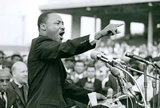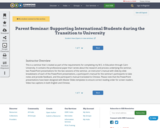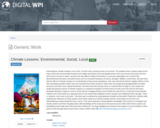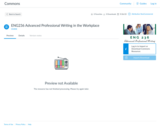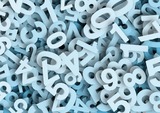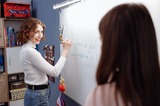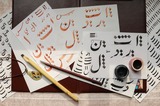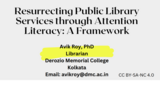Following the trail of the Blood Covenant in the Bible
Short Description:
"Blood is thicker than milk..."The same God who created the world, created us to be in relationship with him. When we choose rebellion over the instructions of God, the kinship between us breaks. The loss is immeasurable. Everything God has to offer is forfeited: a personal bond with him, perfect peace, health, harmony with each other and the earth around us. Blood covenant, is defined by the statement "all I have is yours, all you have is mine." The age-old saying blood is thicker than milk, declares that covenants born out of love and sealed with blood are stronger than sharing milk at the same mother’s breast.Rebellion against God’s precepts brings death. The only answer for death is life-giving blood. Jesus, the sinless Son of God shed his blood so that our relationship with God could be restored.
Long Description:
The same God who created the world, created human beings in order to be in relationship with them. When we choose rebellion over the instructions of God, the kinship between us is severed. The loss is immeasurable. Everything God has to offer is forfeited: a personal relationship with him, perfect peace, health, harmony with each other and the earth around us. Long before current generations, God began and finally completed the process of restoration so that once more, we could be in a perfect bond with God.
Defined by the statement “all I have is yours, all you have is mine”, a relationship sealed with blood is more sacred than those who share the same mother’s milk. Thus the age-old saying: “blood is thicker than milk.” Known as “blood-brothers” many expressions of this special bond surface across centuries throughout all cultures.
Uncovered in these pages is a synopsis of one very special blood covenant. This crimson thread runs through the Judeo-Christian Bible. When we rebel against the precepts of God we experience death. The only solution for death is a transfusion of life. Jesus, the sinless Son of God shed his blood so that our lives with God could be restored.
Word Count: 32369
(Note: This resource's metadata has been created automatically as part of a bulk import process by reformatting and/or combining the information that the author initially provided. As a result, there may be errors in formatting.)
